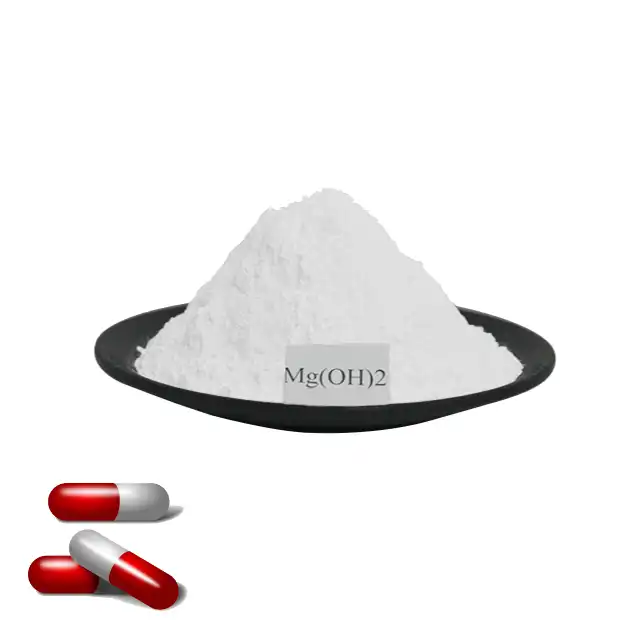Hebei Messi Biology Co., Ltd. stated that magnesium hydroxide products are widely used in various major industries, such as unsaturated polyester, epoxy resin, rubber, and flame retardant fillers in paints. In fact, magnesium hydroxide can also be applied to the water treatment industry. What is the specific situation?
1. Acid wastewater treatment
Acidic wastewater and waste liquid mainly come from pickling workshops of machinery, electrical appliances, tools and other factories. In addition to sulfuric acid, hydrochloric acid, nitric acid, hydrofluoric acid, etc., waste acid also contains a large amount of metal ions. , the traditional acidic wastewater treatment method usually uses lime milk or limestone, soda ash, caustic soda and other alkaline substances to neutralize it. In order to ensure complete precipitation of metal ions, there is often a problem of difficulty in controlling the pH. The use of magnesium hydroxide for sewage treatment is more effective than caustic soda or limestone, because during biochemical treatment of wastewater, appropriate pH value, nutritional conditions and alkalinity must be ensured. It is difficult to control the alkalinity with caustic soda or limestone, and hydrogen Magnesium oxide has a wide range of applications as an acidic wastewater treatment agent. In addition, it is also suitable for acidic waste gas (SO2, HCl, NO2).

2. Heavy metal removal
Among heavy metal wastewaters, electroplating wastewater is a typical example. The water quality of electroplating wastewater is complex and its composition is difficult to control. It contains heavy metal ions such as chromium, nickel, copper, zinc, gold, and silver, and cyanide, which are highly toxic. Magnesium hydroxide has a large specific surface area and strong adsorption force. It can easily adsorb and remove heavy metal ions that cause harm to the environment from various industrial waste liquids. Magnesium hydroxide can be used alone or in combination with other chemicals. The treatment effect is better than most existing flocculants. Compared with calcium hydroxide, it also has the characteristics of small sludge volume, dense structure and easy separation and filtration. While magnesium hydroxide neutralizes the acid in the wastewater, it can precipitate chromium, nickel, and cadmium ions, and further remove the ions in the wastewater through the adsorption of magnesium hydroxide. The removal rate is as high as 98%. The treated hydroxide Magnesium can also be used many times for wastewater treatment after light burning.
3. Removal of phosphorus and ammonia from wastewater
Excessive nitrogen and phosphorus content in wastewater will cause eutrophication of the water body and promote excessive growth of algae, causing hypoxia in fish and endangering the survival of marine life. Therefore, phosphorus and nitrogen removal should generally be carried out before wastewater is discharged. Although the cost of magnesium hydroxide removal of phosphorus and deamination is slightly higher, the phosphorus removal rate is over 90%.
4. Decolorization of dye wastewater
Printing and dyeing wastewater is large in volume, wide in scope, complex in composition, and deep in color. It mainly contains dyes, dyeing auxiliaries, slurry, fiber impurities, inorganic salts, etc. Among them, dye pollution is the most serious. Among various types of dyes, reactive dyes are highly water-soluble and difficult to biochemically degrade, and their COD removal and decolorization are extremely difficult. Magnesium hydroxide is used to decolorize dyeing wastewater. It has good decolorization effect, with a decolorization rate of more than 98%. The treatment effect of magnesium hydroxide on high-concentration reactive dye wastewater is better than the same amount of ferrous sulfate, polymerized ferric sulfate, and polychlorine. Aluminum iron.
